The 411 on Food Labels
Here's how to read between the lines.




Next Gallery
Where Are They Now: The Cast of In Living Color
13 Photos
1 / 8
You Gotta Read - How often do you read food labels? Most folks our age don't. But today’s the day to change that. Read more about why food labels are so important for our health and what to look out for. By Kellee Terrell (Photo: JGI/Tom Grill/Blend Images/Corbis)
ADVERTISEMENT